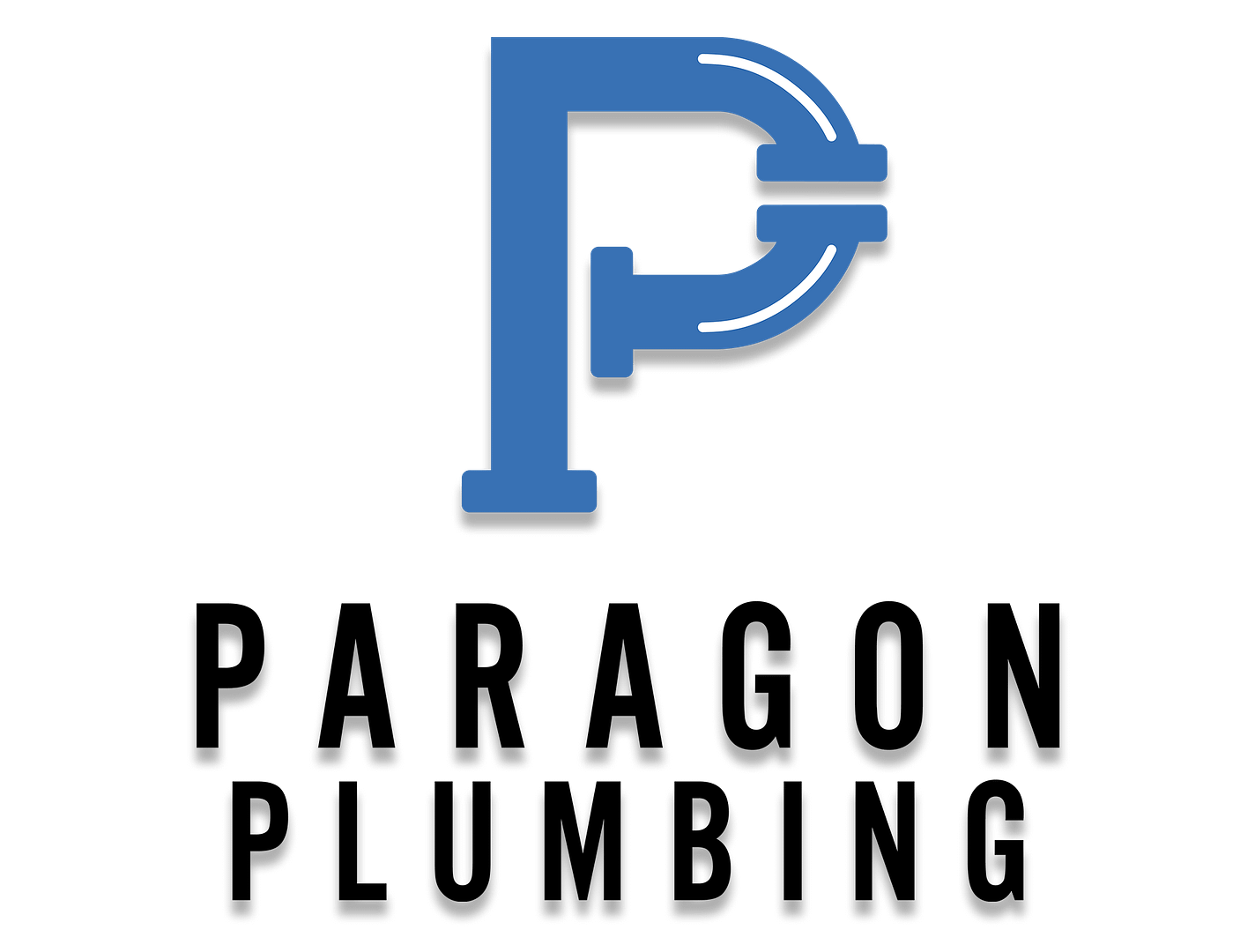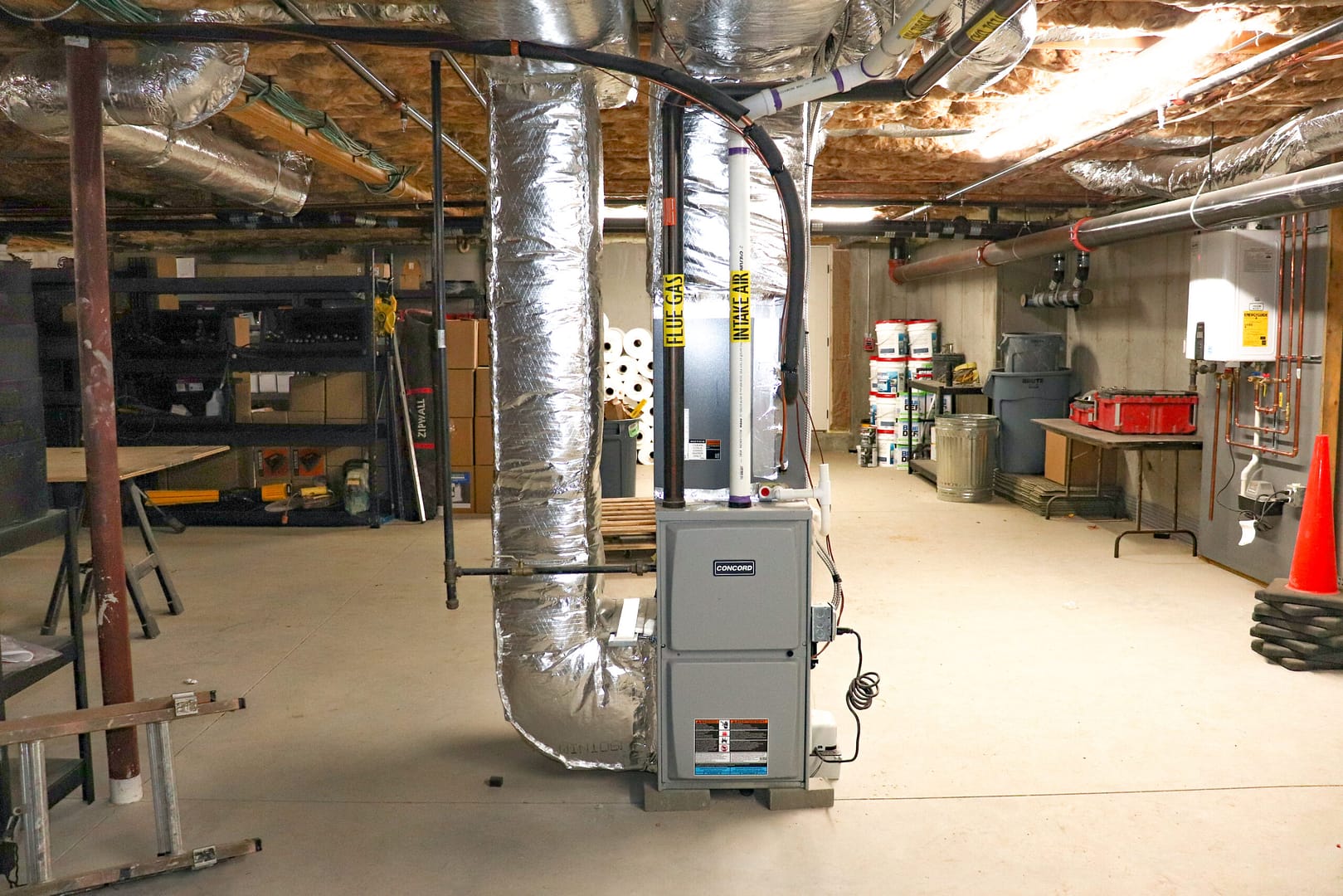There are an ever increasing number of ways to keep your home nice and cozy over the colder months. Some heat water, others harness electric elements but the most common in the US is the furnace and forced hot air. What is forced air heating you ask? Read on to learn more.
What Is Forced Air Heating?
While other forms of heating are quickly gaining market share, the most common method in the USA is forced air. This system consists of a furnace, powered by either electricity, natural gas or oil, which heats air. A blower then circulates this warm air through a network of ducts and around your home.
Other forms of home heating systems include things like radiant heaters which make use of hot water, electric heat pumps and baseboard heaters.
Key Components of a Forced Air Heating System
A forced air heating system harnesses hot air to heat the home.
The system looks a little something like this:
- The furnace burns fuel (or uses an electric element), generating heat
- The heated air is then pushed into the ducts by a blower
- The air circulates around the home or business
- A thermostat controls how hot the furnace runs.
The Furnace
A furnace is the beating heart of a forced air heater system. Here the air which warms the home is heated up, either by using electricity to heat an element or by burning either natural gas or oil. It generally sits in the basement or outside the home, tucked out of the way.
The exact mechanisms contained in the boiler will vary from fuel type to fuel type but generally they contain:
- An inducer motor
- Heat exchanger
- Pressure switches
Ductwork
The heated air travels around your home via a network of ducts, hidden away behind walls and under floors. This allows the air to move around the home, creating an even heat really quickly in comparison to other heating methods.
Once the air has circulated, it’s then pulled back towards the furnace and recycled.
It’s particularly important to ensure that the ductwork is in good order. Holes and blockages can hugely reduce the effectiveness of the whole system.
Thermostat
The thermostat uses temperature sensors to activate an electrical signal to communicate with the furnace. This allows you to set a desired temperature within the home and have the forced warm air created on demand.
Blower Fan
A forced air furnace relies on the circulation of air to distribute heat and the recycling of that air back into the furnace. The blower fan serves both these purposes. As air is heated, the fan activates, creating a draft which directs it through your ductwork. At the same time, the fan is creating suction on the other end of the system, pulling the air back through for re-heating.
Benefits Of Forced Air Heating
Now that we’ve answered the ‘what is forced air heating?’ question, let’s see why so many people opt for it.
As the most common form of domestic heating in the country, forced air naturally comes with some advantages. There’s a reason that so many homeowners and businesses opt for a furnace over the other options after all.
Energy Efficiency
Homes in the US tend to be larger than other comparable countries. American homes average out at around 2,496 square feet whereas homes in the UK are generally much smaller at just 1,063. While all this extra space certainly has its advantages, it also comes with its own set of problems, not least heating.
Forced warm air represents a good answer to this problem. Modern systems can be incredibly efficient, losing very little heat. For heating larger spaces, they simply blow (forgive the pun) the competition out of the water.
Cost-effectiveness
Along with energy efficiency comes the potential for a high level of cost-effectiveness too. In terms of operational costs, a modern furnace and blown hot air system is much cheaper to run than a radiant or electrical heating system.
Modern high-efficiency systems are even cheaper to run. Partnered with the thermostat, you’re only paying for the energy you use and the vast majority of that energy is converted directly into heat for your home.
Air Filtration
Indoor air quality is a bit of a hot-button issue at the moment. A properly configured forced hot air system can play a huge role in helping improve that quality. Thanks to the inclusion of air filters and the circulatory mechanism, allergens and dust in the air are vastly reduced.
As air is drawn through the filters, it’s cleaned, removing spores and other things which can threaten your family’s health. The result is a healthier home.
Compatibility with Air Conditioning
While you’re not so likely to be firing up the furnace in the summer months, a forced hot air heating system partners well with air con. Both heating and cooling systems can make use of the same ductwork, meaning that you get twice the value of the installation.
Potential Drawbacks
There’s no such thing as a perfect system and even one as robust as forced hot air heating comes with a set of drawbacks. Whether or not these will outweigh the benefits depends on a number of factors and is really up to each homeowner to decide.
Noise Levels
There’s no getting around it: running a fan whenever you want some heat is a noisy affair. This can be lessened by locating the blower outside your living area, but it will always cause some noise pollution.
Air Circulation Issues
While a well-designed ductwork system should provide an even heat, there are plenty of badly designed ones out there. This means that you can end up with one area of the home much hotter than others, making for a slightly uncomfortable living situation.
Maintenance Requirements
While all heating systems require a certain level of looking after, it’s particularly noticeable with forced hot air. Not only does the furnace need regular servicing to ensure safety and efficiency, but the ducts will need regular checking too. Blockages and leaks can hugely decrease the efficiency of your system and will need dealing with.
Spread of Dust and Allergens
A forced warm air system with a properly maintained filter can markedly improve your home’s air quality. Unfortunately, “properly maintained” is the operative phrase there. A badly looked after, or totally ignored air filter can have the opposite effect, spreading dust and allergens around the home.
Forced Air Vs Other Heating Systems
While forced air is still the most common method of domestic heating in the US, others are quickly gaining prominence. Let’s compare and contrast them:
Radiant Heating
A radiant heating system is the norm in Europe and is quickly gaining market share here too. They consist of a network of thin pipes and radiators which circulate hot water from a boiler to heat the home.
In comparison to forced hot air, they’re a good solution for smaller homes but can be prohibitively expensive in larger spaces. One advantage is that they take longer to cool down once the boiler is switched off, offering a little boost in efficiency.
Baseboard Heating
Another relatively common heating system makes use of small heaters, tucked into the baseboards of your walls. Generally they’re discrete electric heaters (often with built in fans) but there are also hydronic models that work much like radiant heaters.
In their favor, they allow you to heat a single room, offering a great way to avoid waste. On the downside, they’re generally pretty unsightly and not very efficient versus other modern forms. They’re also not great at providing an even heat, being generally small and located under windows to counteract heat-loss.
Heat Pumps
Although not new technology, heat pumps are gaining market share at an increasing rate. Many countries are now mandating that new build homes have to use them vs other systems.
They work like a reverse refrigerator, pulling warmth in rather than pulling it out. This is then harnessed to heat water which is pumped around the home. In terms of energy efficiency, they’re almost impossible to beat: they offer up to 300x the amount of heat as the energy they use. This makes them really cheap to run in the long-term.
Unfortunately, these levels of efficiency are only seen under ideal circumstances. In particularly cold climates, heat pumps lose this advantage whereas forced air systems maintain a stable efficiency. They can also be very expensive to buy and install, though prices are dropping over time.
How to Maintain a Forced Air Heating System
The real key to getting the most out of your forced air heating system is keeping up with the maintenance. As long as everything remains in good working order, they can offer an incredibly efficient way to heat your home.
In particular, the ductwork and furnace will need regular inspections. Schedule an annual inspection of the furnace to ensure that everything is working properly- particularly if your model uses natural gas. This will allow you to keep things burning clean, keeping your efficiency high and home warm.
During this inspection, it’s also worth having the ductwork cleaned. Dust and other debris can build up here overtime and block airflow. When this happens, you’ll find that the desired even heat through the home is harder to produce.
It’s also worth ensuring that you change the filter regularly: every 90 days or so is recommended. This means that it will continue to protect your air quality and ductwork at peak efficiency.
Showing a little discipline with the thermostat is another way to keep things running smoothly. Consider investing in a programmable model so that you can take advantage of the potential energy savings. There’s no point in heating an empty house after all.

